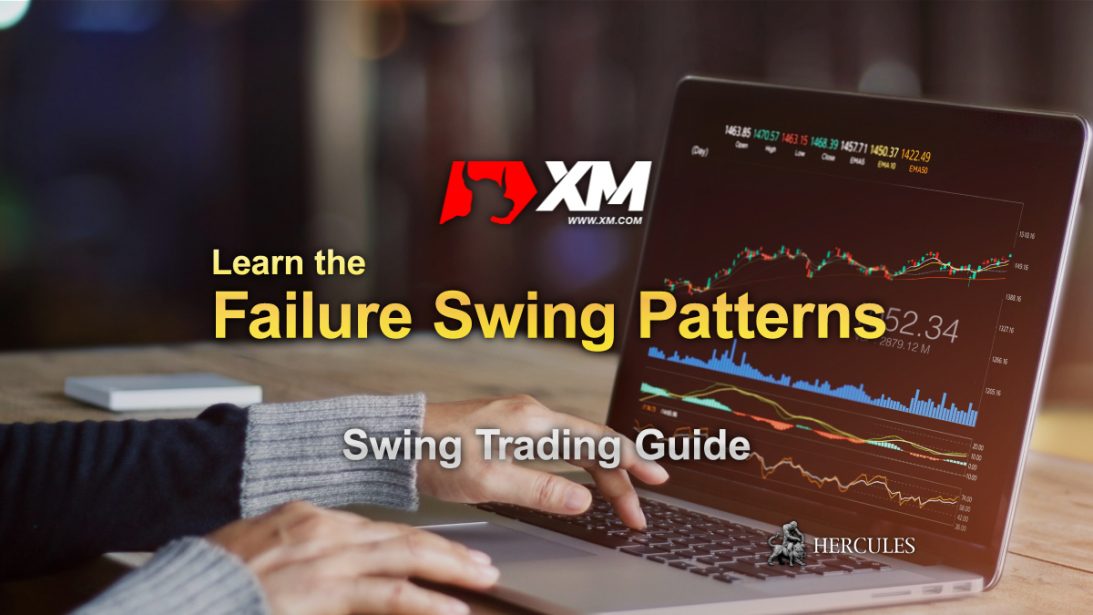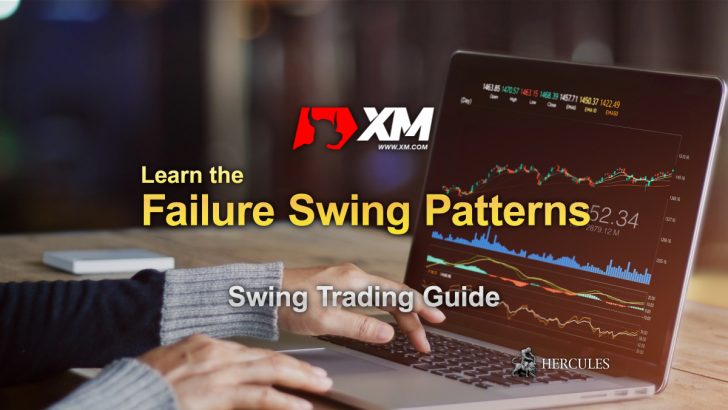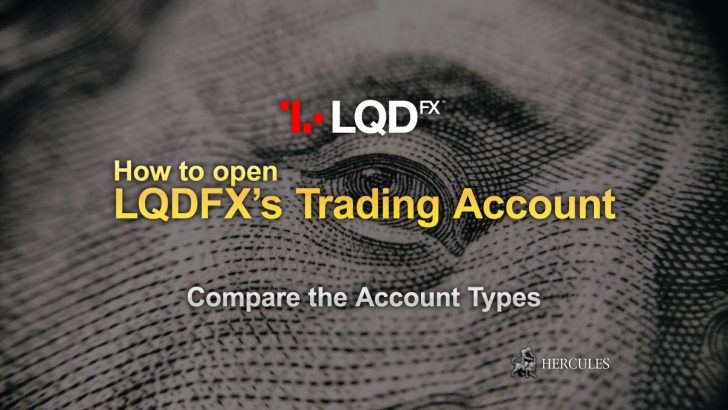Failure and Non-Failure Swing Patterns - Swing Trading Guide


The failure swing pattern is a type of reversal pattern that can be used as buy or sell signals. In an uptrend, we see a series of successive higher highs and higher lows but there comes a point when the price fails to make a new high.
In a downtrend, prices fail to make a new low. This will make us aware that there could be a change in pattern.
Failure Swing Top
In the diagram below we have a failure swing top:

We draw a trigger line at the first trough (B) created after the highest peak (A). If the prices continues to break below this line where the previous low is (B), we have a completed failure swing downwards. The sell signal occurs at this break of this swing level.
Non-failure Swing

Here we have a case of a non-failure swing. Prices rally to a new high, peaking at point C. Prices then fall below the previous low of point B down to point D. The first sell signal is the violation of this previous low B. If you prefer you could wait for a failure swing confirmation when prices violate the previous low, point D.
Failure Swing Bottom

In this scenario, prices are in a downtrend to point A. Then prices fail to make a new low, making a slightly higher low at point C and moving higher by violating point B. We have a failure swing completed upwards. A buy signal occurs at point B1.
Non-failure Swing Bottom

In this scenario, a buy signal is given at point B1 and at point B2.
The most important technical indicators
Success comes from knowledge – this applies to most things in life and especially Forex trading. To be successful, traders need to learn technical analysis. Technical indicators are a big part of technical analysis.
The thing is, at first glance, the names of technical indicators can sound ominous, for example MACD, RSI or Stochastic. However, you should not judge something from the outside. We will give a good and simple explanation of the most popular technical indicators. We guarantee that you will understand how to use it. Are you interested?
Let’s start!
The best technical indicators for Forex traders
Technical indicators are divided into groups depending on their purpose. Since the purpose of indicators is different, traders need not one, but a combination of several indicators to open a trade. In this article, we will discuss the 3 most popular technical indicators.
1. Moving Average – an indicator to identify trends
Moving Average (MA) is a trend indicator. It helps to identify and follow trends.
Moving Average Advantages:
- Identify the direction of a trend;
- Find trend reversals;
- Indicates potential support and resistance levels.
Disadvantages of Moving Averages:
Lags behind the current price (will change later than the price chart because the indicator is based on past prices).
We recommend using a Simple Moving Average because most traders use this line.
The most popular time periods for MAs are 200, 100, 50 and 20. The 200-period MA can help analyze long-term “historical” trends, while the 20-period MA – follows the short-term trend.
How to interpret
In short, a bullish trend is when the price of a currency pair is above its moving averages and a bearish trend is when the price drops below it. Also, notice how Moving Averages with different periods act on each other.
An upward trend is confirmed when the short-term MA (eg 50 period) rises above the longer term MA (eg 100 period). And conversely, the downward trend is confirmed when the short-term MA moves below the long-term MA.
Conclusion

Moving Average indicates whether to buy or sell a currency pair (buy in an uptrend, sell in a downtrend). The MA will not tell you at which level to start your trading (for that you will need other indicators). So, applying trend indicators should be one of the first steps of your technical analysis.
Trade with Moving Average on XM
2. Bollinger Bands – indicator for measuring volatility
Bollinger Bands help measure market volatility (i.e. the degree of variation in trading prices).
Advantages of Bollinger Bands:
The indicator is really good in a sideways market (when a currency pair is trading within a certain range). In this case, the indicator lines can be used as support and resistance levels, where traders can open their positions.
Disadvantages of Bollinger Bands:
During a strong trend, the price can spend a long time in one Bollinger line and not go to the opposite. Thus, we do not recommend Bollinger Bands for trending markets.
How to interpret it?
The closer the price is to the top band, the more overbought the currency pair is. In short, at this point the buyer has made money at the time of the price increase and closed the trade to take profit. The result is that the overbought pair stopped going up and down. Price rising above the top band may be a sell signal, while a decline below the lowest band is a buy signal.
The outer band automatically widens when volatility increases and narrows when volatility decreases. Periods of high and low volatility usually follow each other, so a narrowing of the band often means that volatility will increase sharply.
We do not recommend using Bollinger Bands without confirmation from other technical indicators/tools. Bollinger bands match candlestick patterns, trendlines, and other price action signals.
Conclusion
Bollinger Bands work best when the market is trending. This indicator can be a good basis for a trading system, but that alone is not enough: you have to use other tools as well.

Trade with Bollinger Bands on XM
3. MACD – an indicator that shows the phase of the market
MACD (Moving Average Convergence/Divergence) measures the driving forces behind the market. It shows when the market is tired of moving in one direction and needs a break (correction).
How to interpret
Dramatic up/down. Sell when the histogram bars start to decline after a big bull run. Buy when the histogram bars start growing after a big decline.
Crosses between the histogram and signal lines can make market entry more precise. Buy when the MACD-histogram rises above the signal line. Sell when the MACD-histogram falls below the signal line.
Zero line as additional confirmation. When MACD crosses the zero line, it also shows the strength of the bulls or bears. Buy when the MACD-histogram rises above 0. Sell when the MACD-histogram falls below 0. Also note that such a signal is weaker than the previous signal.
Divergence. If the price goes up and MACD goes down, it means that the price increase was not confirmed by the indicator and the bull run will end soon. Conversely, if the price goes down and the MACD goes up, it’s a bullish turn in the near term.
The crossover between the histogram and the signal line is the best signal of MACD.
Hunt for the divergence between MACD and its price: this is a good indication of an impending correction.
MACD Advantages:
MACD can be used for trending markets or market ranges.
If you understand MACD, it will be easy for you to learn how other oscillators work: the principle is very similar.
MACD Disadvantages:
The indicator lags behind the price chart, so some signals arrive late and are not followed by a strong market move.
It’s good to have MACD on your chart because it measures both trend and momentum. It can be a powerful part of any trading system, although we do not recommend making trading decisions based solely on this indicator.

Technical indicators have advantages and disadvantages.
One technical indicator will not give you good trading signals. You need to use 2-4 indicators for trading.











